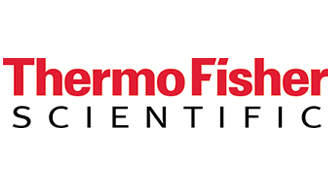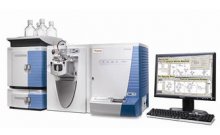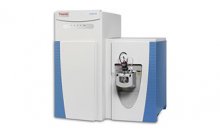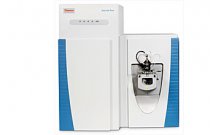采用FAIMS分离洛哌丁胺进行质谱分析
前言:
It is common practice in pharmaceutical development to conduct discovery phase pharmacokinetic (PK) studies. In these studies, dosing vehicles such as Tween 80, PEG 400, and methyl cellulose are used in high concentrations to dissolve the test compounds in dose formulations. Subsequent qualitative study and quantification of the test compounds must be carried out in the presence of the dosing vehicles, which can cause significant ion suppression and complicate full scan mass spectra. Conventional liquid chromatography may be used to separate the dosing vehicle, however this approach is generally less than 100% efficient, and LC/MS analyses still show the significant presence of polymers.
The effect of ion suppression combined with complicated full scan mass spectral data makes successful LC/MS analysis of targets difficult or impossible. Reducing or removing multiple chemical interferences may dramatically improve spectral quality and enhance full scan signal-tonoise for the analyte of interest. In this application note, we report the successful atmospheric pressure separation by FAIMS of a large excess of dosing vehicle (PEG) from a test compound (loperamide) prior to mass spectrometry analysis.
仪器:
结论:
In this document we report separation of loperamide from matrix interference at atmospheric pressure prior to entrance into the mass spectrometer using FAIMS. FAIMS in combination with the LTQ XL linear ion trap mass spectrometer made possible the detection and identification of the target compound loperamide in the presence of a vast excess of the dosing vehicle PEG 600. The FAIMS-LTQ XL full scan mass spectrum signal to noise and sensitivity for the target compound was significantly increased.




